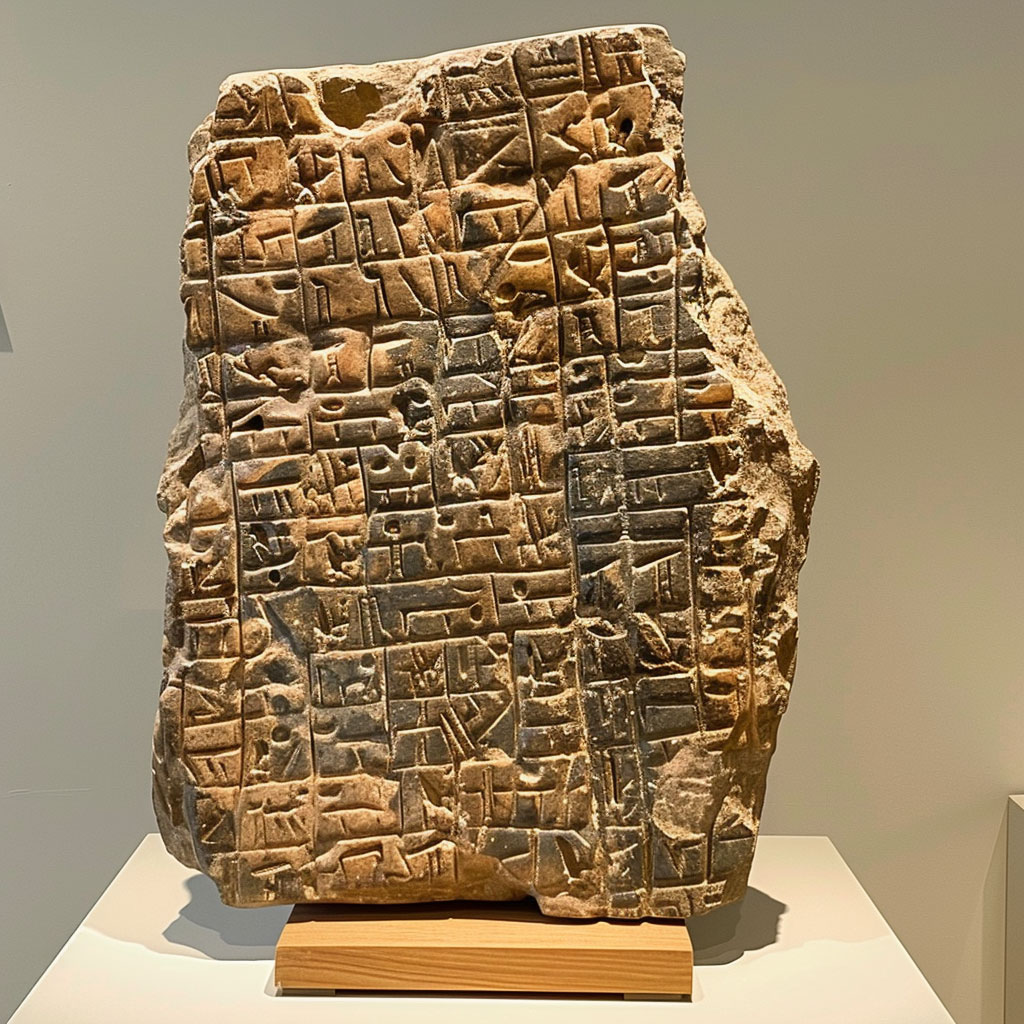The evolution of Computer-Aided Translation (CAT) tools has revolutionised the translation industry, enabling professionals to manage and translate texts with unparalleled efficiency and accuracy. Among the leading CAT tools are SDL Trados Studio, memoQ, and XTM, each pioneering technological advances that enhance productivity and translation quality.
SDL Trados Studio, one of the most established tools in the market, is renowned for its robustness and versatility. It offers a comprehensive range of features, from terminology management to automating repetitive tasks. Its integration with various databases and project management systems makes it ideal for large translation agencies and complex projects. However, some users find its interface tricky, resulting in a steep learning curve.
memoQ (first letter in lowercase, as a brand name) has gained popularity due to its user-friendly interface and focus on team collaboration. Features like memoQ Cloud enable translators to work efficiently on shared projects, facilitating communication and consistency in terminology. Nonetheless, these functionalities are limited without the desktop version of memoQ. Additionally, while memoQ is powerful and accessible, some users have noted that its performance can be affected in huge projects, which may limit its use in high-demand environments.
Finally, we have XTM, a cloud-based tool that has evolved significantly since its inception. It stands out for its flexibility and scalability. Its focus on continuous integration and compatibility with multiple file formats makes it particularly attractive for companies with diverse and changing translation needs. XTM facilitates real-time collaboration and offers advanced quality management tools (“QA reports”). However, being an entirely online platform, its performance heavily depends on the stability and speed of the internet connection, which can be a drawback in regions with limited infrastructure.
Over the ages, few could have predicted how the translation would transform from the days when medieval monks manually copied manuscripts or, even earlier, 5,000 years ago when texts were carved into stone. Today, we are surrounded by technological advances that streamline and speed up our work across nearly all sectors and fields of knowledge.
Óscar Fernández García.
Valladolid, 15th January 2024.

Images: Midjourney.



